No More Hair-ricanes: Tips and Tricks for Mastering the Art of Deshedding
Arm yourself with the best deshedding techniques, tips, and tools used by professional groomers

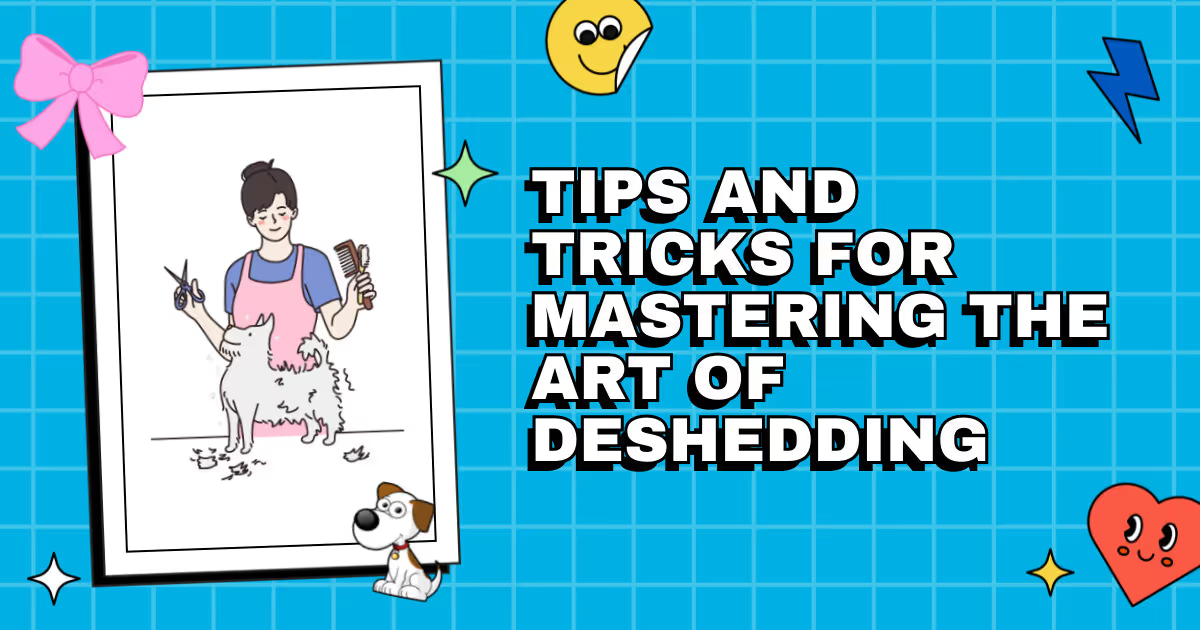
Are you grappling with a whirlwind of fur every time you groom a shedding dog? Tired of leaving work looking like you're wearing a second coat made entirely of dog hair? If you've ever felt like you're fighting a losing battle against the relentless tide of pet hair, this guide is about to become your new grooming bible. As professional groomers, we all know the struggle of deshedding season. Let's conquer the chaos together, making every grooming session less of a hair-raising experience!
Understanding the Furry Foe: Shedding and Dog Breeds
Before unleashing our arsenal of deshedding tactics, let's take a quick dive into the science of shedding. Dogs shed to get rid of old, damaged, or extra fur. This can be affected by the seasons, the dog's overall health, and breed-specific traits. Breeds like Huskies, German Shepherds, and Golden Retrievers are notorious for their heavy shedding. But fear not! Success begins with knowing your opponent.
Seasonal Shedders Vs. Constant Coats
Some breeds have significant blowouts during the spring and fall as they prepare for the changing weather. Others may shed consistently throughout the year. Understanding these patterns lets you forecast the hairy hurricanes and prepare accordingly.
The Right Tools for the Job
Equipping yourself with the best deshedding tools isn't just about keeping your sanity intact—it's also about providing top-notch service to your furry clients. Let’s look at the essentials.
Brushes and Combs: The Groomer's Best Friends
There's no one-size-fits-all when it comes to grooming tools, but here are favorites loved by professionals:
- Slicker Brushes: Great for working through mats and tangles while also collecting loose fur. A must-have for those dense coats.
- Undercoat Rakes: These tools go deep to remove the loose undercoat without damaging the topcoat. Ideal for heavy shedders.
- Deshedding Tools: Brands like Furminator have specialized tools that are designed to reduce shedding by up to 90%. Their effectiveness lies in their ability to reach the undercoat effortlessly.
- Pin Brushes: Gentler on the fur and skin, making them suitable for dogs with sensitive skin or lighter shedding.
Remember, it's not only about the tool but how you use it. Gentle, consistent strokes work best—think marathon, not sprint.
Technique Makes Perfect
Having the best tools at your disposal is half the battle. The other half? Skillful technique. Here's how to give fur the boot, efficiently and effectively:
Bathing: The First Line of Defense
Shampooing can release a lot of loose fur. Use a deshedding shampoo to help loosen the undercoat, and while you're lathering, gently massage to encourage the shedding process. Rinse thoroughly, because leftover suds can cause irritation.
Blow Away the Fluff
Once the dog is washed, it's time to blow-dry. High-velocity dryers are fantastic for blasting away the loose fur from the undercoat. Be sure to use them correctly to prevent drying out the skin or causing unnecessary anxiety for your canine client.
Diving Deeper: Undercoat Removal
Post bath, get down to business with your undercoat rake or deshedding tool. Work in sections, methodically, to thoroughly groom the dog. To avoid skin irritation, don’t dwell too long in one area.
After the Storm: Maintaining a Deshedded Coat
Post-grooming, there’s a golden opportunity to educate your clients on maintaining their dog's coat between professional grooming sessions. This will make your job easier and keep the dog feeling comfortable.
Daily Brushing: A Simple Solution
Encouraging daily brushing habits in pet owners does wonders. It distributes natural oils, keeps fur smooth, and reduces future buildup. This routine upkeep can considerably decrease the intensity of the shedding.
Incorporating Supplements
Diet affects a dog's coat. Recommend supplements like Omega-3 and Omega-6 fatty acids, which can improve coat health, potentially leading to less shedding. Always suggest consulting with a vet before any diet changes.
Conquering the Cleanup
A professional groomer's work isn't done until the last fur tumbleweed has been swept away. Fastidious cleanup is part of the gig, but there are ways to make it less of a chore.
Invest in a Good Vacuum
An occupational hazard, the fur can be relentless. That's why a high-quality pet-hair-friendly vacuum is non-negotiable. It'll be your best friend at the end of a hairy day.
Antistatic Sprays and Air Purifiers
Minimizing the 'stickiness' of hair with antistatic sprays and using air purifiers can help keep both your work area and air quality clean, making for a more pleasant environment for you and your human clients.
When the Fur Settles
Professional grooming is as much about patience and precision as it is about passion. Mastering the art of deshedding isn't achieved overnight, but with these tips and tricks, you'll be well on your way. What’s better than seeing a pet go from fuzzy to fabulous? Not much, if you ask us.
A Community that Grooms Together
We’re all in this hairy journey together. Share below your own deshedding success stories or mayday moments. Let’s continue learning from each other and keep the pet grooming community thriving.



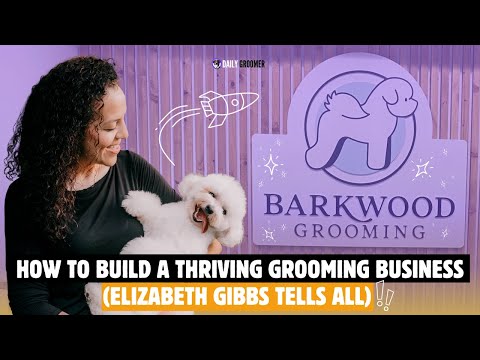

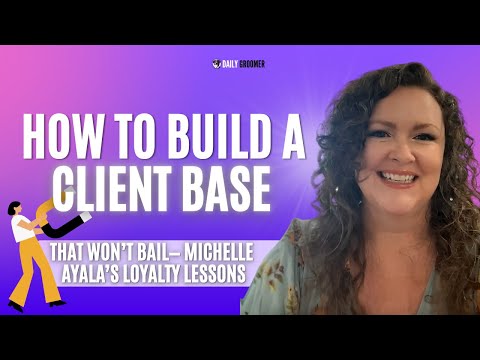









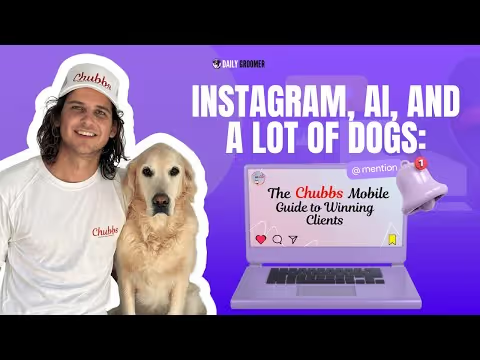


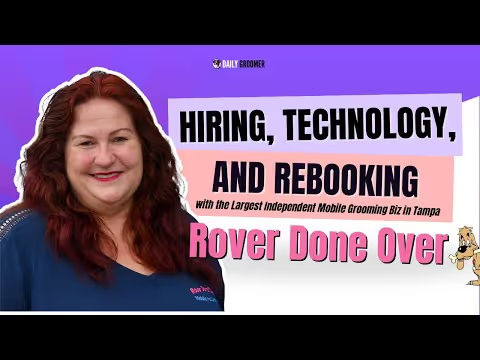
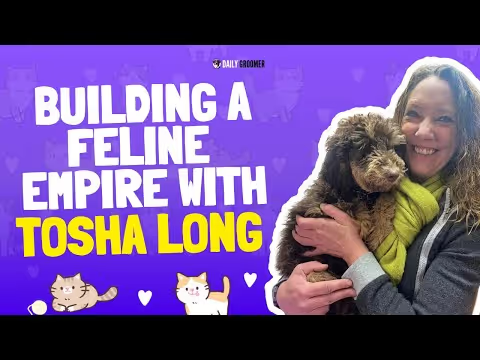


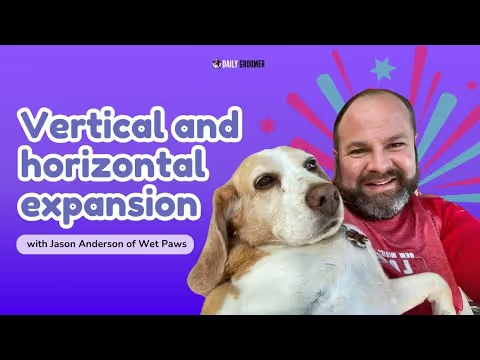
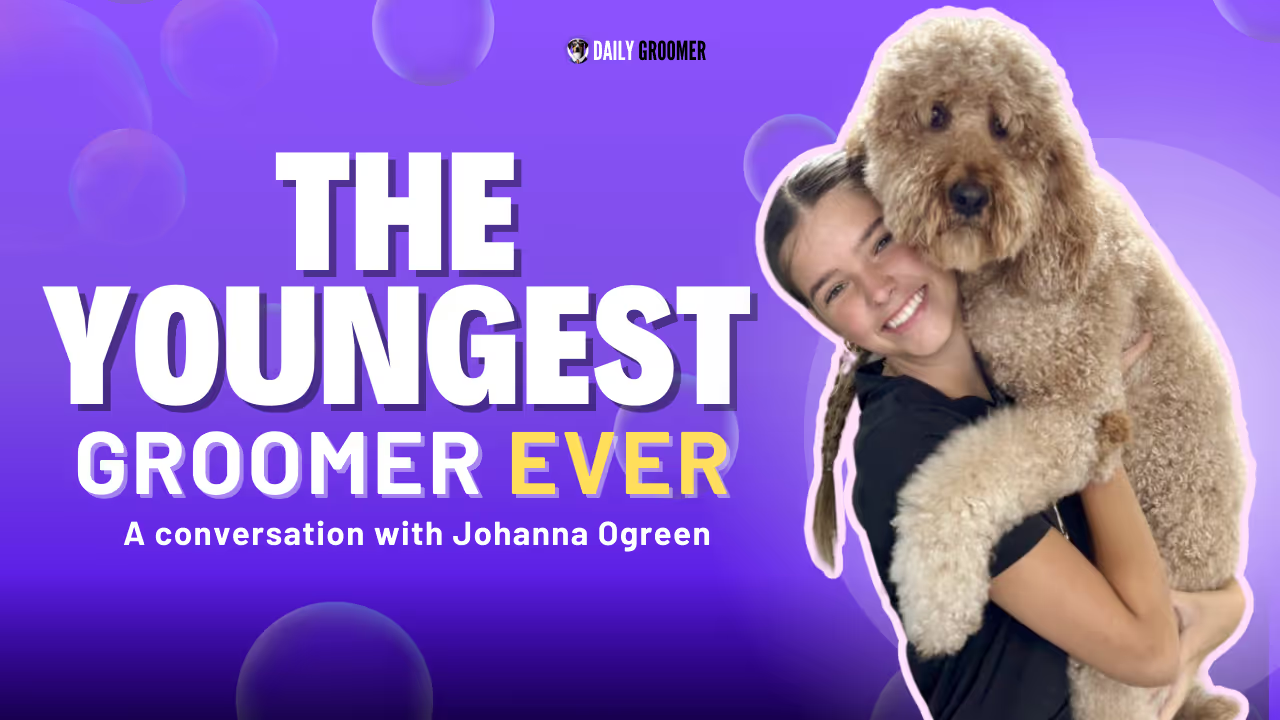
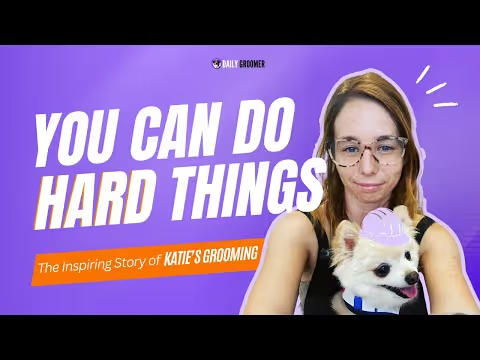

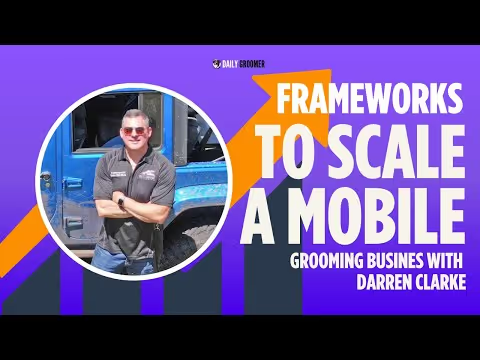
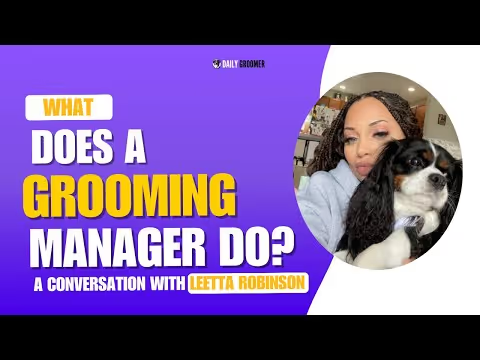


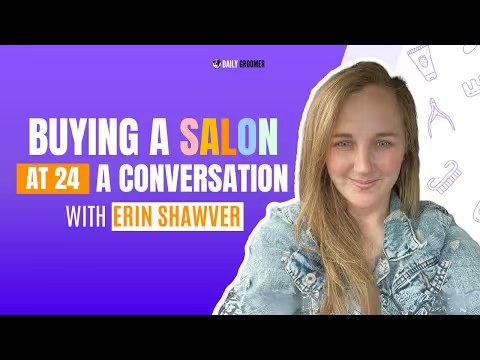
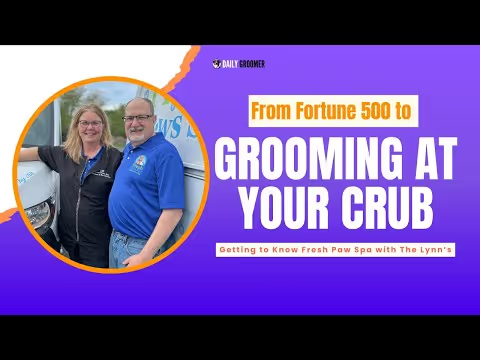






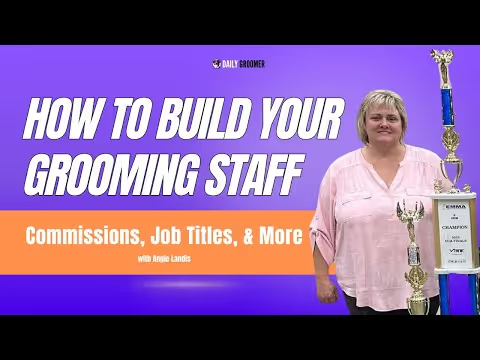





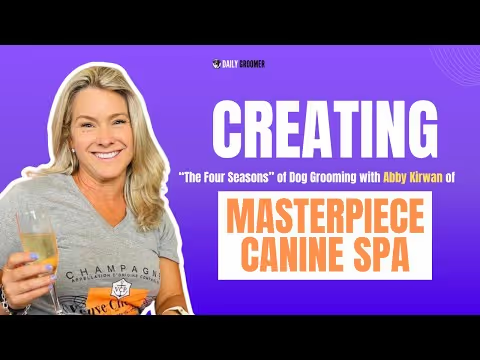
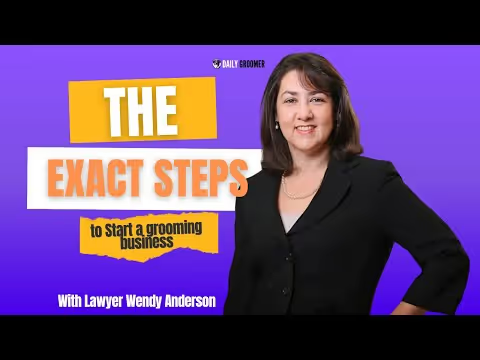
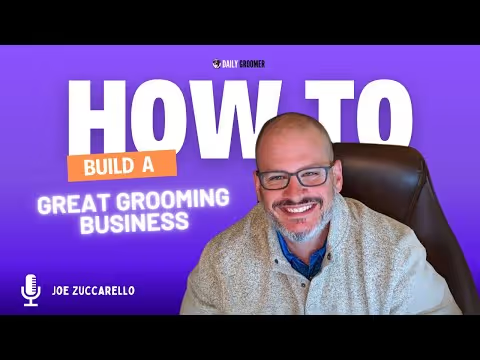
.avif)

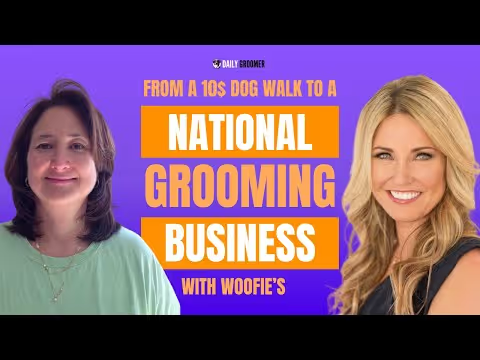







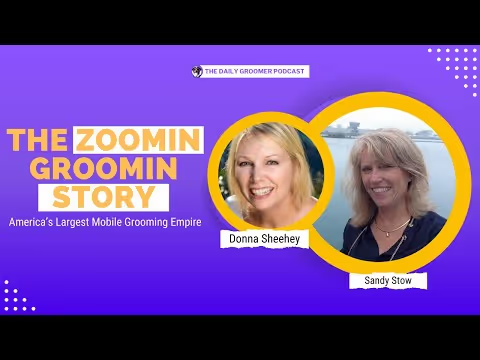
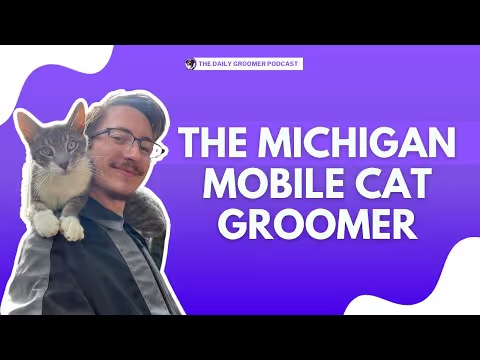

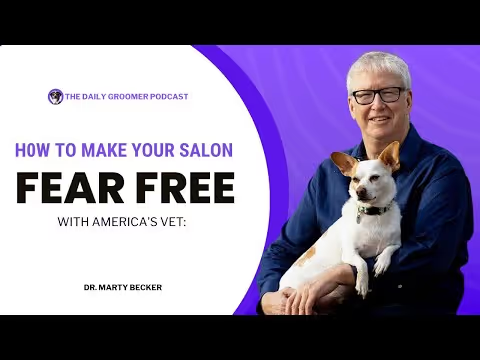



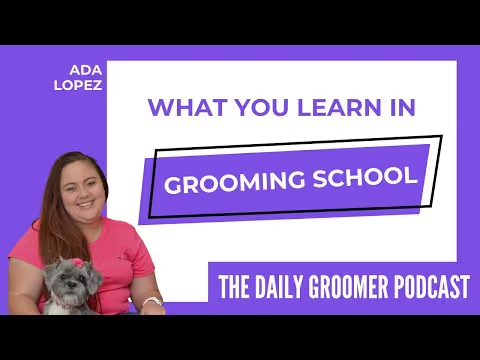


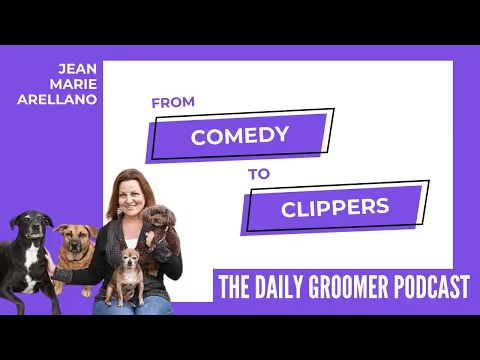
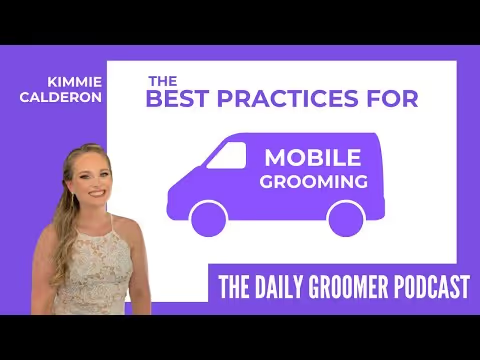
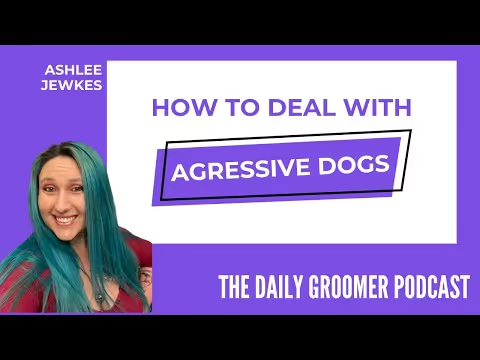
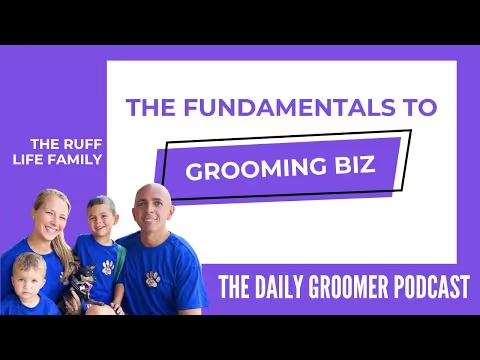


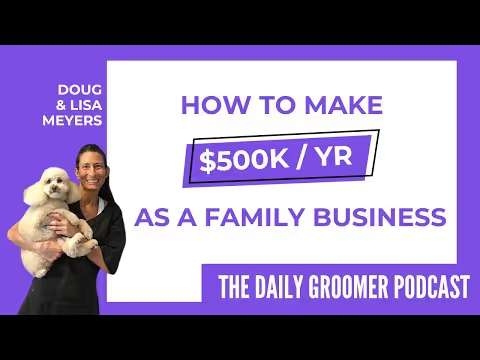
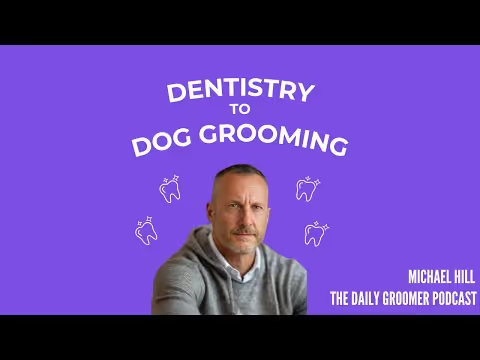
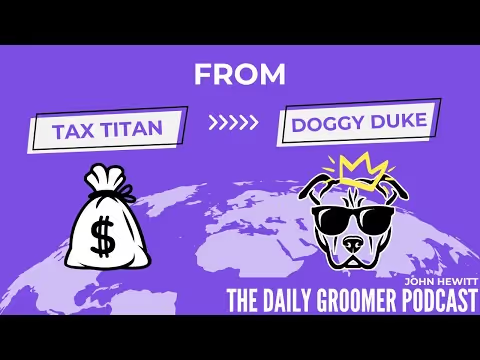



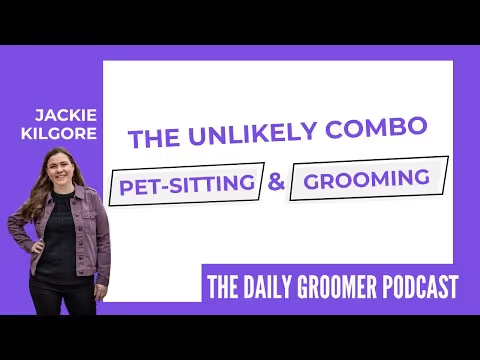


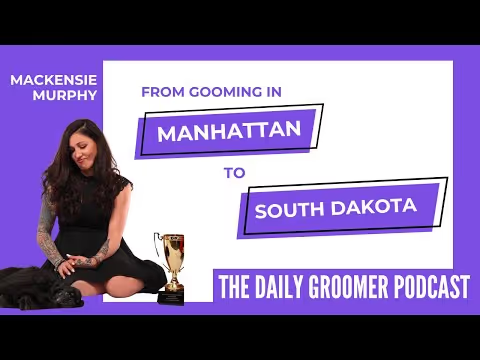
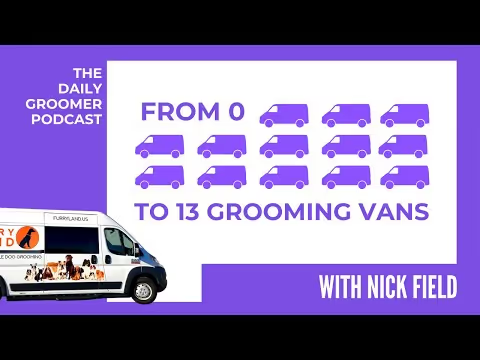
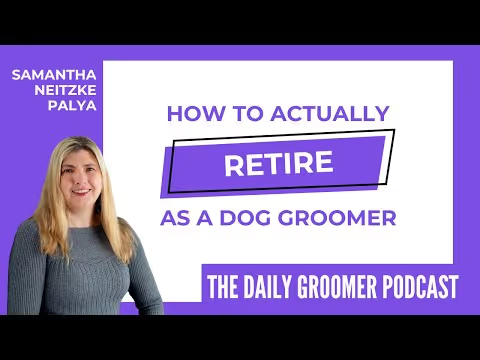
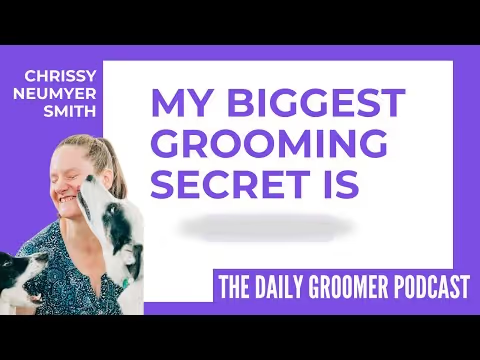


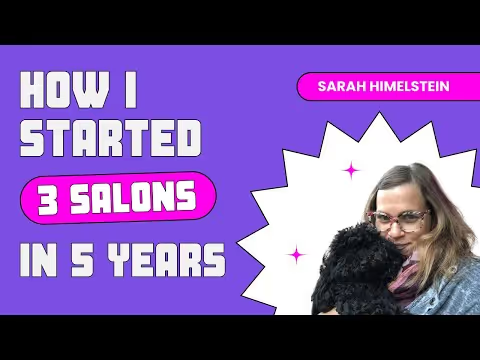
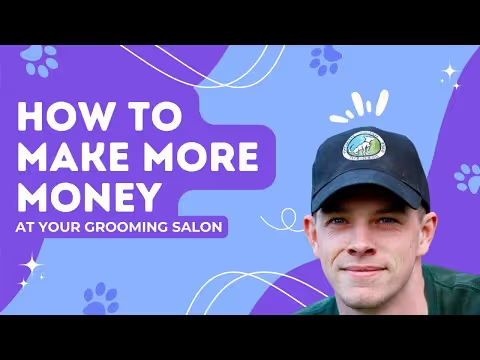
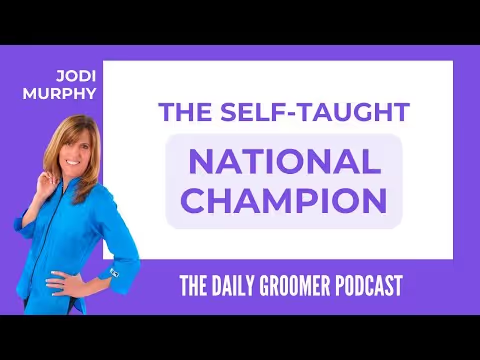


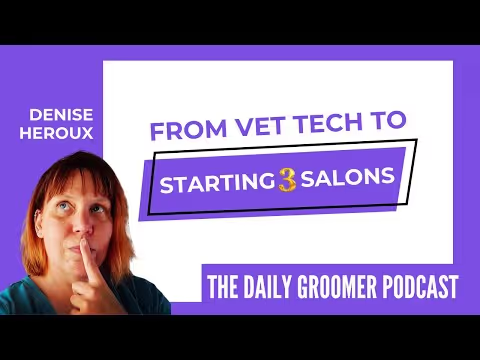
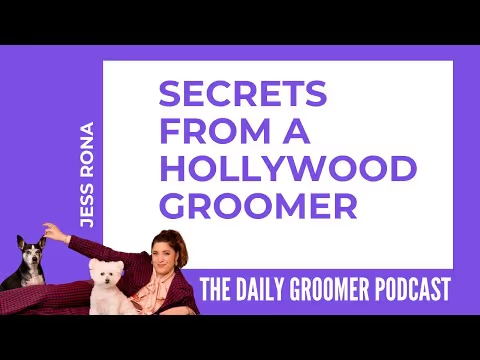
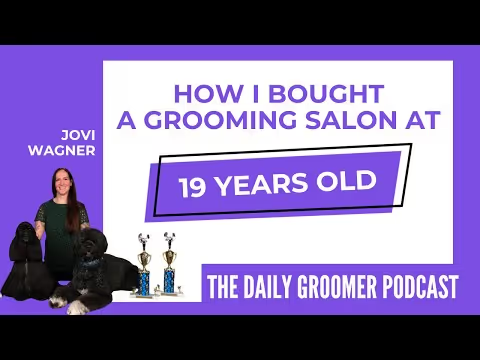

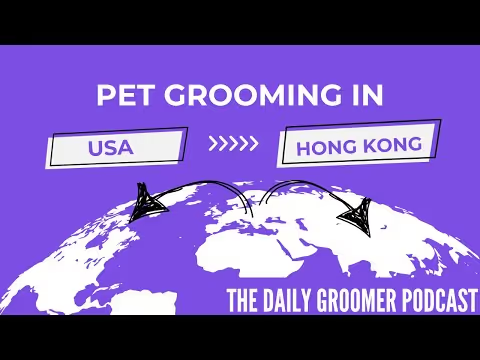
.avif)

